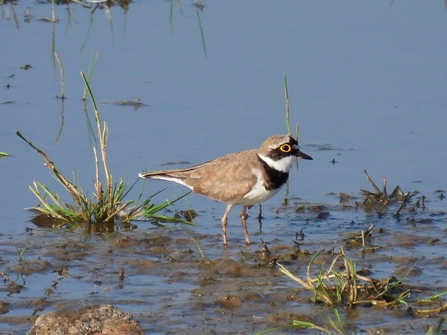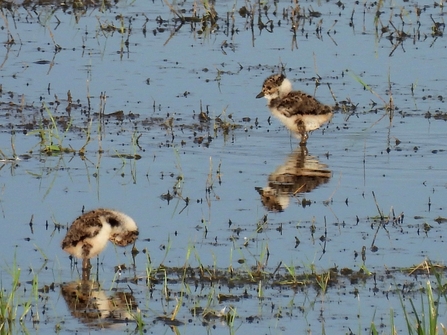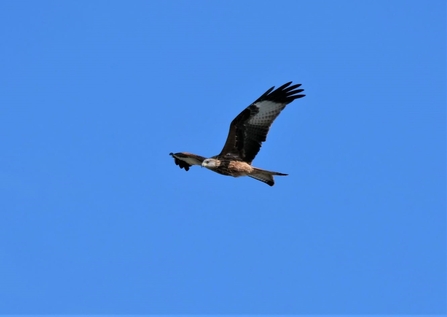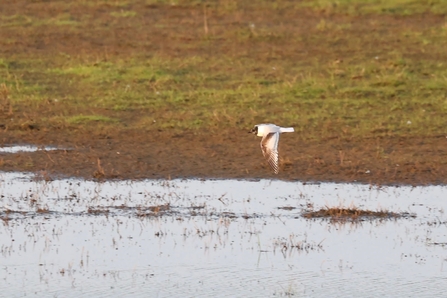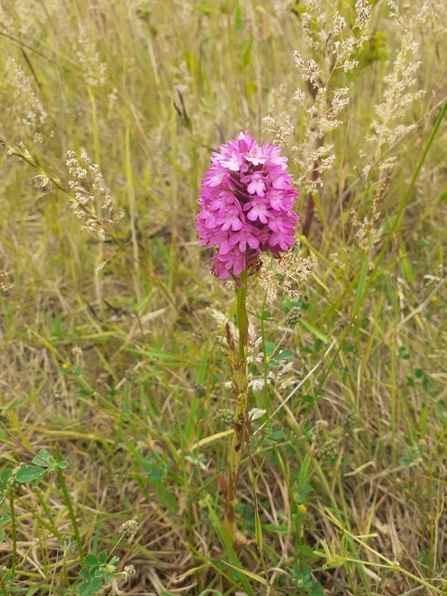An unseasonal white-fronted goose was present on Anderby Marsh on the 1st and a whooper Swan on 14th. Other unusual migrants here included a curlew sandpiper (7th), 1-4 spoonbill (daily from 2nd-18th), two little gull (7th), 1-3 wood sandpiper daily (seven birds noted together on 29th!) until mid-month and 5 Mediterranean gulls together on the 28th.
Despite the warm temperatures throughout June, the Anderby Marsh continues to retain substantial amounts of water. During June, there were four pairs of avocet, four pairs of lapwing and a little ringed plover nesting. The latter being the first ever breeding attempt for the Lincolnshire Coastal Country Park. The little ringed plover, along with avocet, receives the highest level of protection under the Wildlife & Countryside Act 1981 as a Schedule One breeding species, meaning it is illegal to disturb them at, on or near a nest site.


